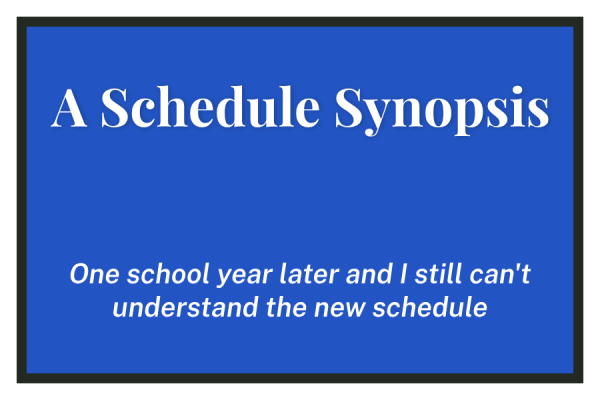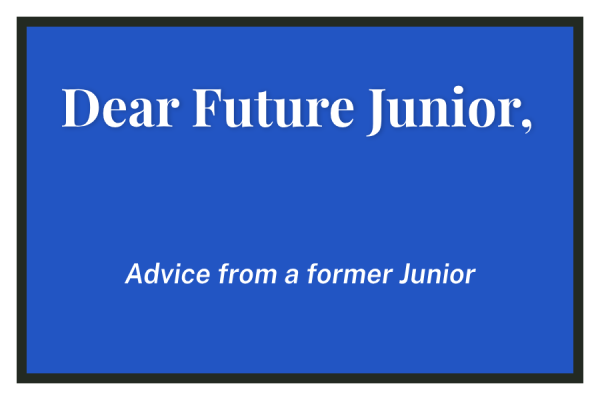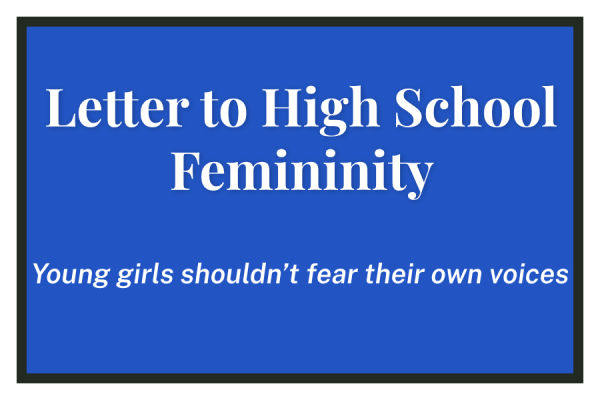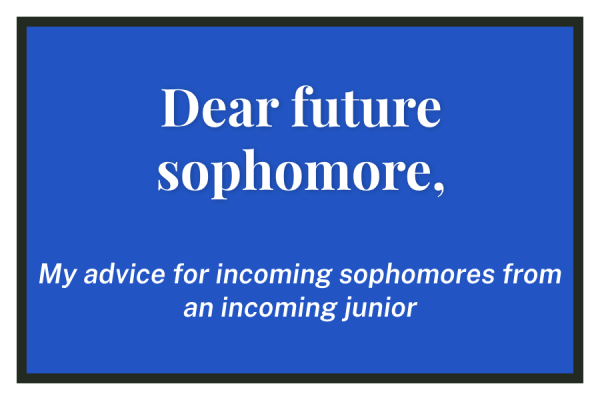PRIDE in Ghana — A Day From Our Perspective
“Knowledge makes a man unfit to be a slave.” These words, spoken by Frederick Douglass, perfectly contextualize our fourth day in Ghana–a day that was most emblematic of our journey. A day filled with sweat, tears, laughter, and learning, our first complete day in Cape Coast was one that we will not easily forget.
After a delicious breakfast by the beach of the Coconut Grove Beach Resort, we all piled into the bus–some of us feeling nauseated, one of us injured, and all of us tired. While on our way to our first stop, Elmina Castle, Ms. Gibba addressed the group and readied us for what would turn out to be a long and impactful day.
Built in 1482, Elmina, formerly known as “Sao Jorge da Mina,” was erected by the Portuguese to bolster and protect Portugal’s control over trade in the region. This castle-dungeon complex also played a significant role in the Atlantic slave trade.
It is estimated that between 12 and 15 million Africans were captured and enslaved from the middle of the 15th century to the end of the 19th century, and it is possible that as many as 1 million of those enslaved people came through Elmina Castle–the largest of its kind in West Africa.
As we drove up to the impressive structure, the thing that first struck me was how perfectly situated it was. A breathtaking display of colonial architecture built on a cliff that juts into the Atlantic Ocean, looming over the nearby fishing community, it makes clear that dominance and majesty were important to European colonizers and slave traders.
And yet there is something so perverted, so twisted, about the fact that this castle was used to perpetuate the commodification of human beings.
After exploring the castle’s museum, we met our tour guide, Ato, who walked us toward the female dungeons and vividly recounted the experience of a female slave that was brought to Elmina. It goes without mention that to be a slave was to have known suffering. However, rape at the hands of the presiding Dutch or Portuguese governor, menstrual-related diseases, and unwanted pregnancies and births marked a particular brand of suffering experienced by the African women of Elmina Castle.
This information Ato shared with us before leading us to the prison cells–one well lit, ventilated cell that was meant for British officers that violated the law, and another, dark and windowless cell meant for Africans who dared to resist their captivity. This cell would have housed rotting corpses and prisoners alike.
We were led through the male dungeons and finally into a chamber that held the “door of no return,” the exit that enslaved Africans were forced through on their way to be packed into ships that would take them to Europe, the Caribbean, and the Americas.
It was here that many of my peers and I began to cry. I cannot remember the word or fact or statistic that triggered my tears, but I certainly remember the anger, disbelief, and despair that I felt in that moment.
P.R.I.D.E. at Parker was founded on the idea that through education, everyone should be able be proud of their heritage. For many of us, that means taking pride in being a part of a diaspora that never should’ve existed. For some African-Americans and other descendants of forcefully migrated people, being able to trace a specific ancestry or genealogy is not a luxury that we are able to take advantage of.
But for many of us, visiting Elmina, tracing the paths of enslaved Africans through the castle, and being able to touch the original iron bars and brick walls that confined them provided some semblance of ancestral connection and fulfillment. It completed the narrative of our ancestors, gave even more context to who we are and where we find ourselves in this day and age, and presented knowledge with which we can move forward.
We all left Elmina Castle shaken and deeply moved. Such negative emotions were quickly countered, however, by the warm welcome we were given upon arriving at the kindergarten campus of the Cape Coast Presby School where we donated athletic equipment, manipulatives, and school supplies to the students there.
Similar to the first day, we were seated and greeted with traditional “Fantse” music and dancing performed by some of the younger students. After meeting up with our pen pals, we toured some of the kindergarten classrooms and played in the courtyard with many of the students. There was something truly magical about seeing those children smile, laugh, and enjoy themselves with such ease. From there, we went out to lunch with our pen pals, got down on the dance floor and exchanged gifts before heading to Cape Coast Castle.
A mere 8 miles from Elmina, Cape Coast Castle was also an important institution in the confinement and shipment of enslaved Africans. It also served as the administrative center for the British colony in modern day Ghana, which after noting its position on the coastline and the abundance of gold in the region, the colonizers creatively named the Gold Coast.
Our tour guide, Isaac, reinforced much of the information that was given to us at Elmina while taking a more tactile approach. By explicating original markings on a wall and, at times, closing doors and turning off the lights in dungeons that we were touring, he made one point absolutely clear–no matter how hot, how sweaty, or how uncomfortable we felt, it was nothing compared to the experience of enslaved Africans who had to wade through pools of feces, urine, menstrual blood, and vomit that reached their knees while surrounded by 200 other dying and diseased captives in a room where you would not see the sun for months on end.
The visit to Cape Coast Castle proved to be another heavy and taxing tour. Near the exits of both Cape Coast and Elmina Castle, there is a commemorative plaque. It reads, “In everlasting memory of the anguish of our ancestors, may those who died rest in peace, may those who return find their roots, may humanity never again perpetrate such injustice against humanity. We, the living, vow to uphold this.” While the message was clear and the sentiment powerful, one word that struck me as odd was “anguish.” “Anguish.” To my mind, there is no word forceful enough, weighty enough, impactful enough, or brutal enough to describe what it is and what it was to be a slave. But we also should not have to search for one.
After taking a group photo outside Cape Coast Castle, we exchanged contact information, hugs, and sad “goodbyes” with our pen pals before they departed. We then headed to dinner at One Africa, a restaurant owned by an 85 year-old African-American woman who repatriated to Ghana in the late 1980s.
“I didn’t like America,” she told us. “If you know it’s history, then you’ll know that I’m justified.” She had plenty of funny and interesting anecdotes about her repatriation, but she shared two things that really stuck with me: (1) that everyone one of us is connected to Africa, as it was, is, and always will be the genesis of humankind, and (2) that we have the responsibility to educate ourselves, both about Africa and who we are as it relates to our heritage. She sent us back to our hotel with a lot to think about.
There is one theme that I feel was reaffirmed during our trip: Ghana is a country of contradiction. In the castles, there were slave dungeons situated just yards away from churches. Priests touted scripture that teaches love, compassion, and tolerance while listening to the wails and moans of enslaved Africans. When I was walking across the wall at Elmina Castle, I noticed a group of young Ghanaian men and boys playing soccer on the very beaches that European colonizers landed on almost 600 years ago. The resplendent castles were used to foster disgusting manifestations of racism, sexism, colorism, and classism.
It is possible that the country itself–resource-rich, but impoverished–serves as the biggest contradiction.
And yet Ghanaians strive, endure, and flourish. Building a nation that is just 60 years old, they are reckoning with their colonial past, educating themselves and others about–among other things–the Atlantic slave trade. Many Ghanaians are doing their part to work toward universal justice and peace.
Again, it is hard to put into words exactly what this day meant to all of us, but what I can say is that our fourth day in Ghana was what I think our trip turned out ultimately to be, essentially, in that we came out of it changed, more knowledgeable, more focused, more critical, more hopeful, and certainly prouder of who we are and where we are going.






